Hey there, cat lovers! Ever notice your feline friend acting a bit… different each season? You’re not alone. Cats, like their humans, are quite the complex creatures. They often experience mood swings that can leave you scratching your head—or maybe scratching their chin! In this paw-some guide, we’ll dive into your cat’s seasonal psyche, challenging the old myth that cats are just creatures of habit. Stick around to uncover the secret world of feline mood swings and why understanding them could make you the ultimate cat whisperer!
1. Understanding Cat Behavior Basics

Before we unravel the mysteries of seasonal changes, let’s lay the groundwork. Cats are sensitive beings whose moods can reflect their environment, health, and your behavior. That curious meow or unexpected lap visit? There’s often more to it than meets the eye. Ready to give your cat the attention they truly crave and deserve?
2. Do Cats Really Experience Mood Swings?

Believe it or not, cats can indeed experience mood shifts. Although they’re often perceived as aloof or enigmatic, cats are deeply emotional. So, what drives these fluctuations? It’s a mix of environmental cues, social interactions, and physiological changes. Ready to bust some myths and learn the science behind those feline feels?
3. The Science Behind Feline Mood Changes

Much like us, cats have a circadian rhythm influenced by daylight and temperature. Longer days might mean more playtime and seeking out sunny spots, whereas shorter days could have your kitty curling up in a cozy nook. Their behavior is not just random—it’s biologically wired!
4. How Seasons Affect Your Cat

Winter might see your furball snug under a blanket, but spring? That’s when the great outdoor hunting expedition begins—at your window, of course. Summer might bring the desire to nap in the coolest spot, while fall’s cooler air perches them on the window sill, pondering life’s big questions like, “Where did all the birds go?”
5. Recognizing Happiness and Contentment
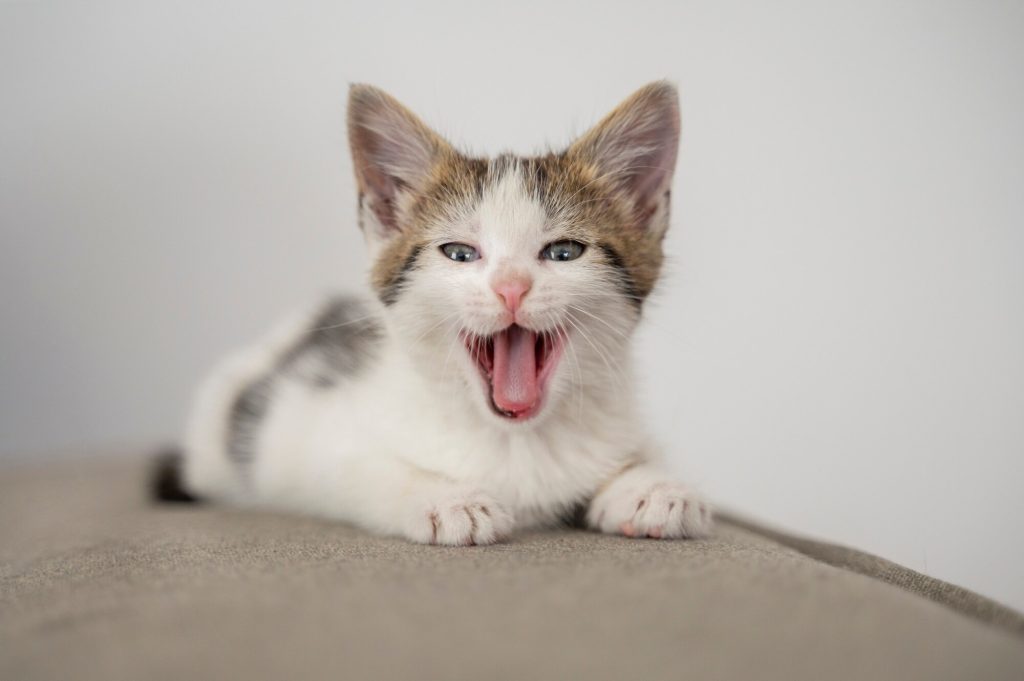
A satisfied cat means fewer hairballs of stress for you. Purring, kneading, or a tail twined about your leg means your kitty is saying, “You’re doing great, hooman!” Notice those little quirks and habits that show contentment—it’s your cat’s way of giving you a thumbs-up, well, in their own way.
6. Identifying Stress and Anxiety in Cats
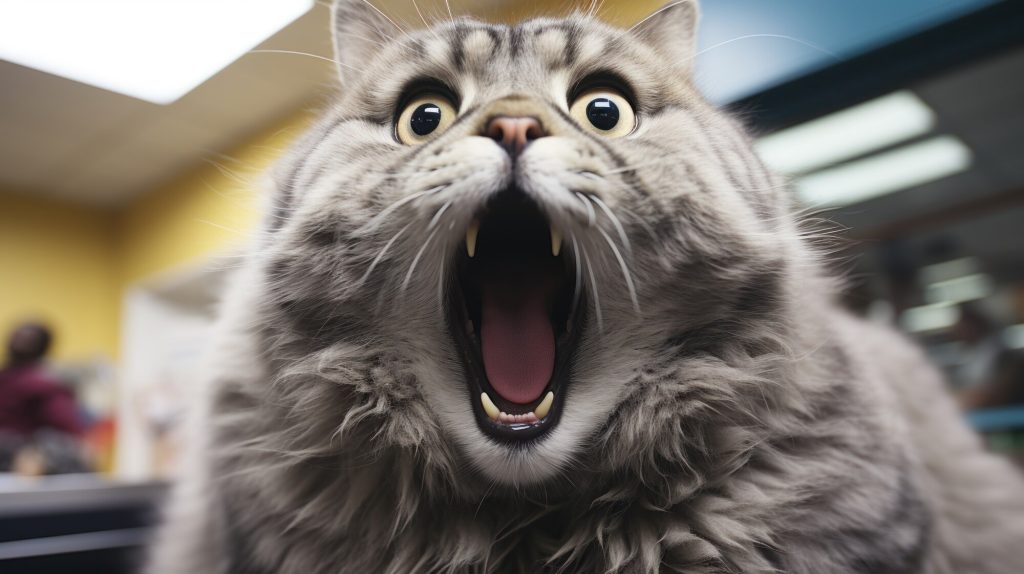
Like people, cats have their off days. Signs of stress might include excessive grooming, withdrawal, or suddenly deciding that your favorite chair is the new litter box. Keep an eye out for these signs, as they’re an SOS from your kitty calling for some TLC.
7. How Weather Can Impact Feline Behavior
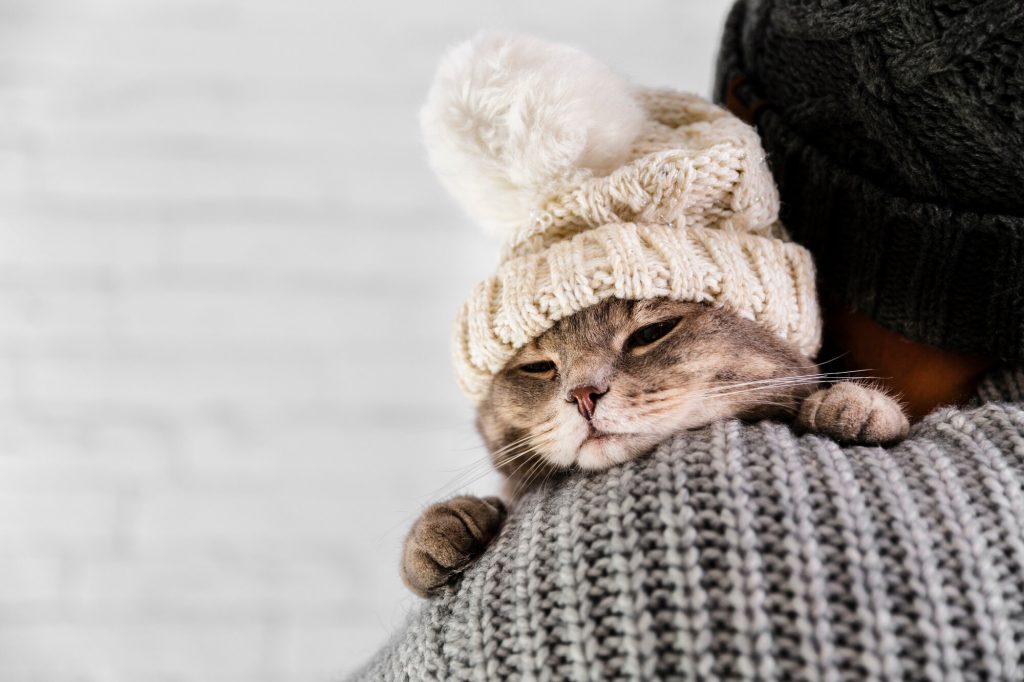
Weather impacts more than just your weekend plans. Cats might grow grumpier during storms or become more reclusive. Stormy weather might lead your cat to cozy up with you, seeking warmth and comfort, (or maybe just to hear you tell them how brave they are!).
8. Seasonal Play and Exercise Tips
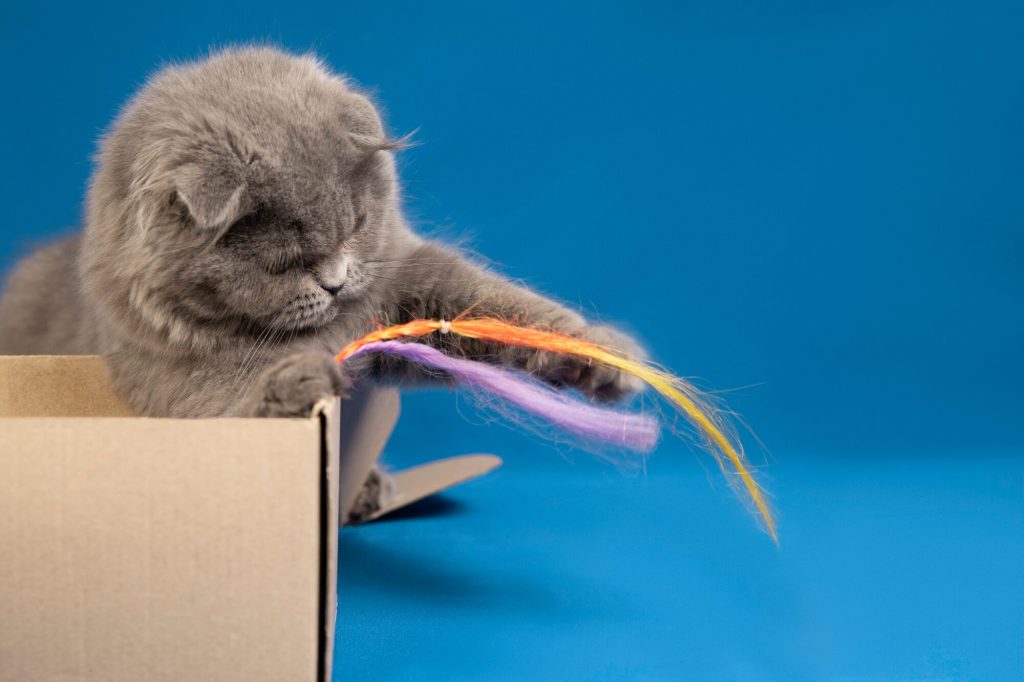
Cats need their cardio too, whether it’s a chariot race up the stairs or pouncing on a dangling feather. Seasonal changes mean adapting their play routine to keep them active and engaged. Don’t worry if your cat spends more time hiding than playing amid season changes; lure them out with their favorite toy and see the magic.
9. Nutrition and Seasonal Needs

As seasons change, so do your cat’s dietary needs. Winter might call for extra calories and oils for a healthier coat, while summer demands lighter meals. Keeping an eye on these shifts ensures your cat remains the picture of health all year round.
10. Tailoring Your Routine to Your Cat’s Seasonal Moods

Understanding your cat’s seasonal mood swings will not only make you the ultimate cat companion but will also help you adjust your own routines, ensuring the comfort and contentment of your furry friend during these shifts. So, are you ready to become fluent in cat?
11. Personal Stories from Fellow Cat Owners
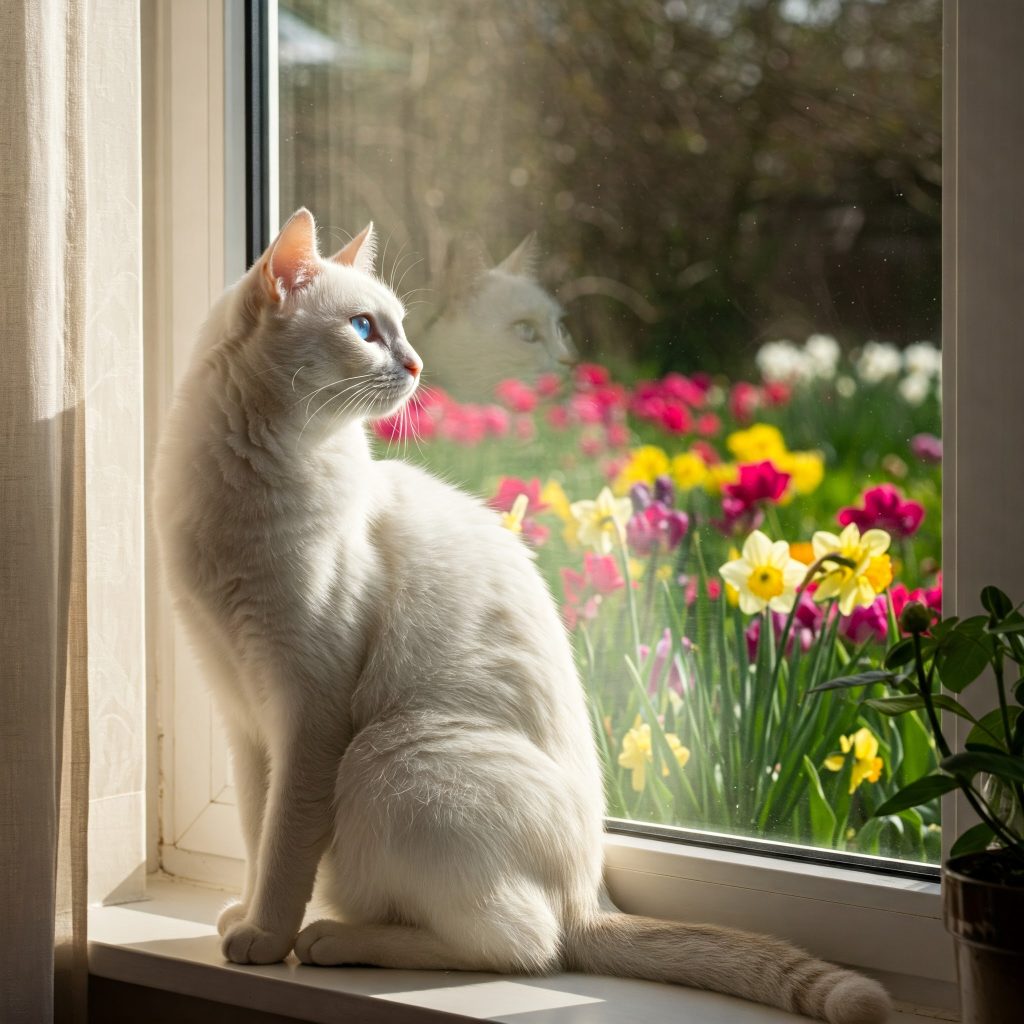
Want to hear something purr-ty amazing? Fellow cat owners share tales of their cats’ quirky seasonal behaviors. From ‘Claw-dia’s’ winter snuggle marathons to ‘Mr. Whisker’s’ summer serenades at the window, these stories prove every cat has a seasonal saga worth sharing.
12. Expert Insights on Cat Mood Management

Experts say recognizing your cat’s signs of stress or happiness is half the battle. According to Dr. Whiskerson, a renowned pet behaviorist: ‘Treat your cat’s mood swings not as a puzzle to solve, but as conversations to enjoy.’ How cool is that advice?
13. Famous Cats and Their Seasonal Changes

Even famous cats have their mood swings! Remember Grumpy Cat’s perpetual frown? While she was known for her grumpy disposition, insiders say she adored summer naps! Who knows what other seasonal personalities lay hidden in your kitty’s celebrity soul?
14. Preparing Your Cat for Seasonal Transitions
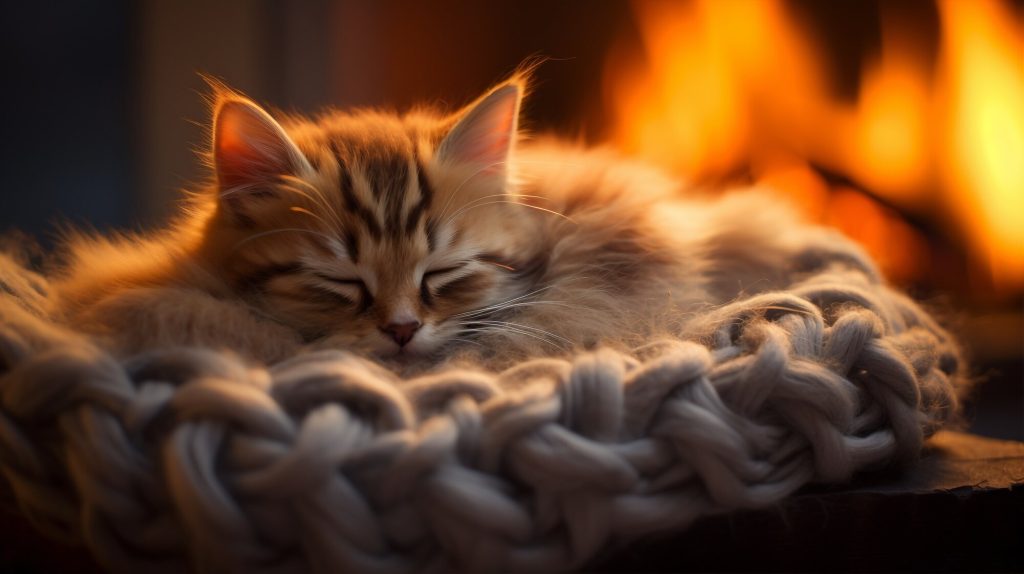
Seasonal transitions can make a cat jittery. But fret not! Gradually adjust their environment, playtime, and nutritional intake. Envision yourself as the conductor of this orchestra, creating harmony in your cat’s world amid sweeping seasonal symphonies.
15. Debunking Myths About Cat Mood Swings
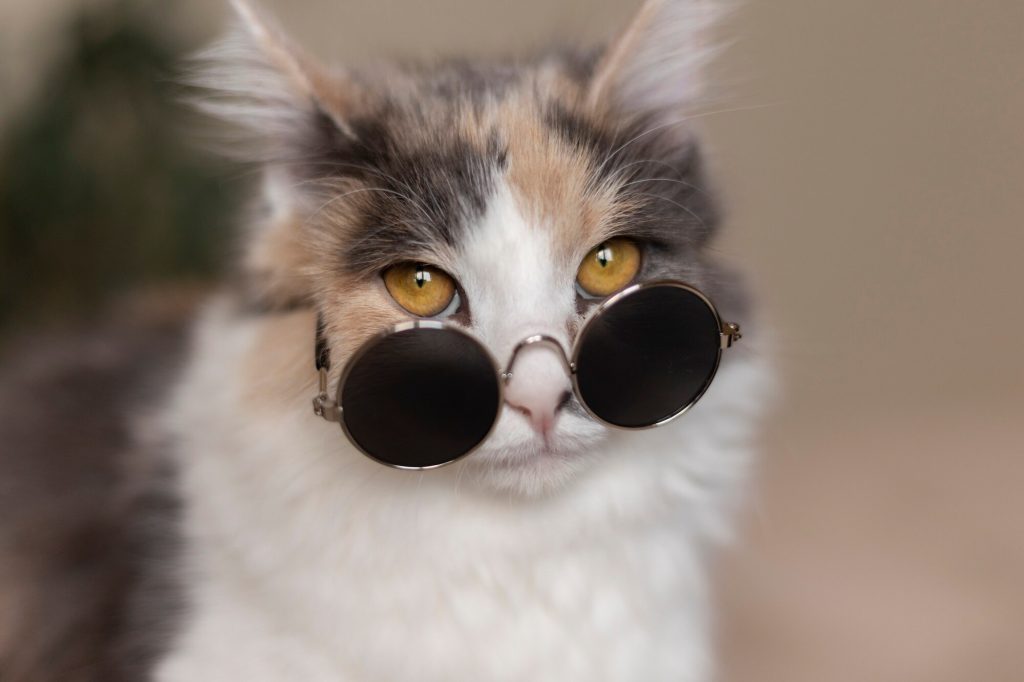
The idea that all cats are indifferent is as obsolete as thinking the Earth is flat. Various myths curtain the understanding of feline emotions, yet science tells us that mood swings are natural. Cats can be shrewd heat-seekers and enthusiastic cool-breeze buccaneers, mood shifts and all.
16. Creating a Cat-Friendly Seasonal Environment

Transform your abode into a catopia that dances with the seasons! Consider cozy blankets against chilly drafts or a clever sunlit spot for dreamy summer naps. Every detail counts in inviting comfort and perhaps sparking new Instagram-worthy poses.
17. Conclusion: Embrace Your Cat’s Unique Seasons
Recognizing, understanding, and celebrating your cat’s seasonal shifts can deepen your bond, making each seasonal change a shared adventure. Embrace these unique feline seasons for the joy they bring, the quirks they reveal, and the companionship they inspire!

